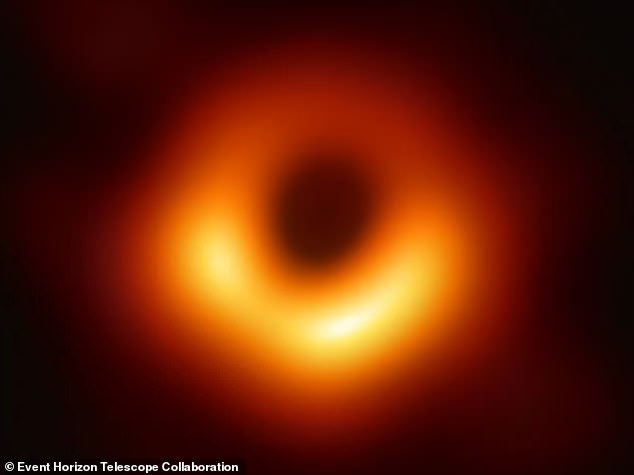What Could Go Wrong? Scientists Plan Interstellar Mission to a Black Hole

A Bold Vision for Interstellar Exploration
Imagine a spacecraft so small it could fit on a paperclip, yet capable of traveling at nearly the speed of light. This is the vision of scientists who are proposing an interstellar mission to explore the heart of a black hole. The idea may sound like science fiction, but it’s being taken seriously by researchers who believe this mission could revolutionize our understanding of physics.
The concept involves using powerful lasers to propel a tiny spacecraft, known as a nanocraft, toward a distant black hole. While the journey would take decades or even centuries, the potential scientific rewards are immense. By studying the extreme conditions near a black hole, scientists could test the limits of Einstein's theory of general relativity and uncover new insights into the nature of space and time.
However, this ambitious project comes with significant challenges. The cost of developing the necessary laser technology alone could reach up to £1 trillion. Additionally, the technology required to build and launch the nanocraft does not yet exist. Despite these hurdles, Professor Cosimo Bambi of Fudan University in Shanghai remains optimistic about the feasibility of the mission within the next few decades.
Understanding Black Holes
Black holes are among the most mysterious objects in the universe. They form when massive stars collapse under their own gravity, creating a point of infinite density known as a singularity. The gravitational pull of a black hole is so strong that not even light can escape its grasp. This extreme environment causes the laws of physics to behave in unpredictable ways, making black holes a unique laboratory for scientific study.
Studying black holes has been a challenge for scientists because they emit no light or radiation. As a result, researchers have had to rely on indirect methods to observe their behavior. Professor Bambi’s proposal aims to change this by sending a spacecraft directly into the heart of a black hole. This would allow scientists to gather direct measurements of the extreme gravitational forces and spacetime distortions that occur in these regions.
The Nanocraft Concept
To achieve this goal, Professor Bambi suggests using a nanocraft, a theoretical spacecraft designed to reach velocities close to the speed of light. Unlike traditional spacecraft that rely on chemical fuel, nanocrafts use large, lightweight sails that are propelled by lasers. These sails are bombarded with photons from Earth-based or orbital laser systems, accelerating the craft to high speeds in a short amount of time.
In theory, a nanocraft could reach Alpha Centauri, our nearest star system, in just 20 years. However, the technology required to build such a spacecraft is still in the early stages of development. The cost of powering the lasers is also a major concern, though Professor Bambi believes that advancements in technology could reduce the cost significantly over the next few decades.
The Challenge of Distance
One of the biggest obstacles to this mission is the distance to the nearest black hole. For the nanocraft to reach a black hole within a reasonable timeframe, it would need to be within 20-25 light-years of the Solar System. At this distance, the journey would take approximately 70-80 years, with an additional 20-25 years for the data to return to Earth.
Currently, the closest known black hole is Gaia-BH1, located 1,560 light-years away. While this is relatively close in cosmic terms, it is still far beyond the reach of current technology. Professor Bambi hopes that future discoveries will reveal a black hole much closer to Earth. According to theories of stellar evolution, there should be a black hole within 20-25 light-years, but detecting it will require advanced observational techniques.
The Scientific Potential
If a suitable black hole is found, the mission could provide groundbreaking insights into the nature of gravity and spacetime. Black holes offer a unique opportunity to test Einstein's theory of general relativity under extreme conditions. By measuring the gravitational field around a black hole, scientists could determine whether the theory holds true or if there are deviations that require new explanations.
Professor Bambi emphasizes the importance of this research, stating that it could help answer fundamental questions about the universe. “The motivation of such a mission would be to test the gravitational field around a black hole, compare the measurements with the theoretical predictions of General Relativity, and hopefully find some deviations,” he explains.
This mission represents a bold step forward in our quest to understand the cosmos. While the challenges are immense, the potential rewards could be equally profound. If successful, it could open a new chapter in astrophysics and redefine our understanding of the universe.

Comments
Post a Comment